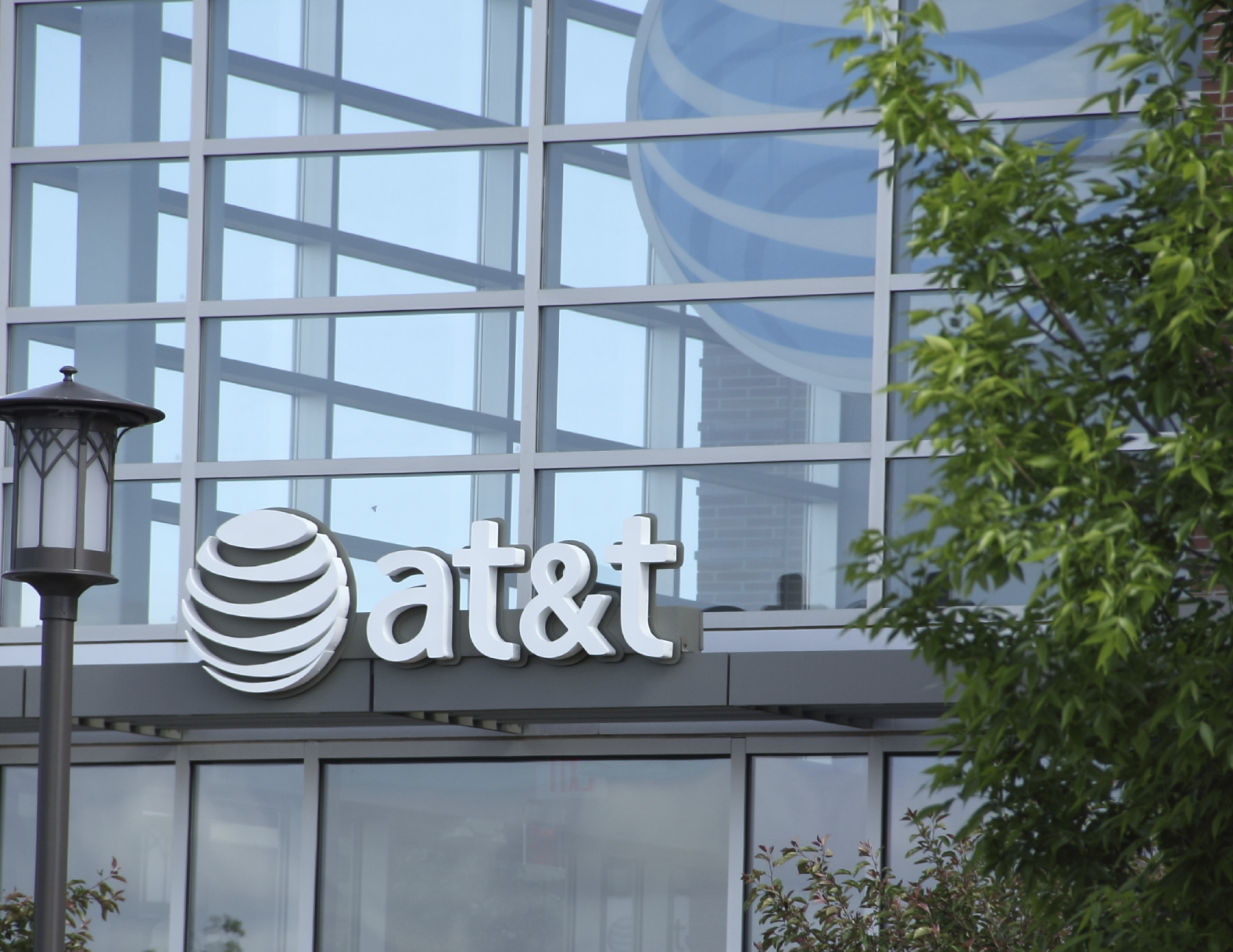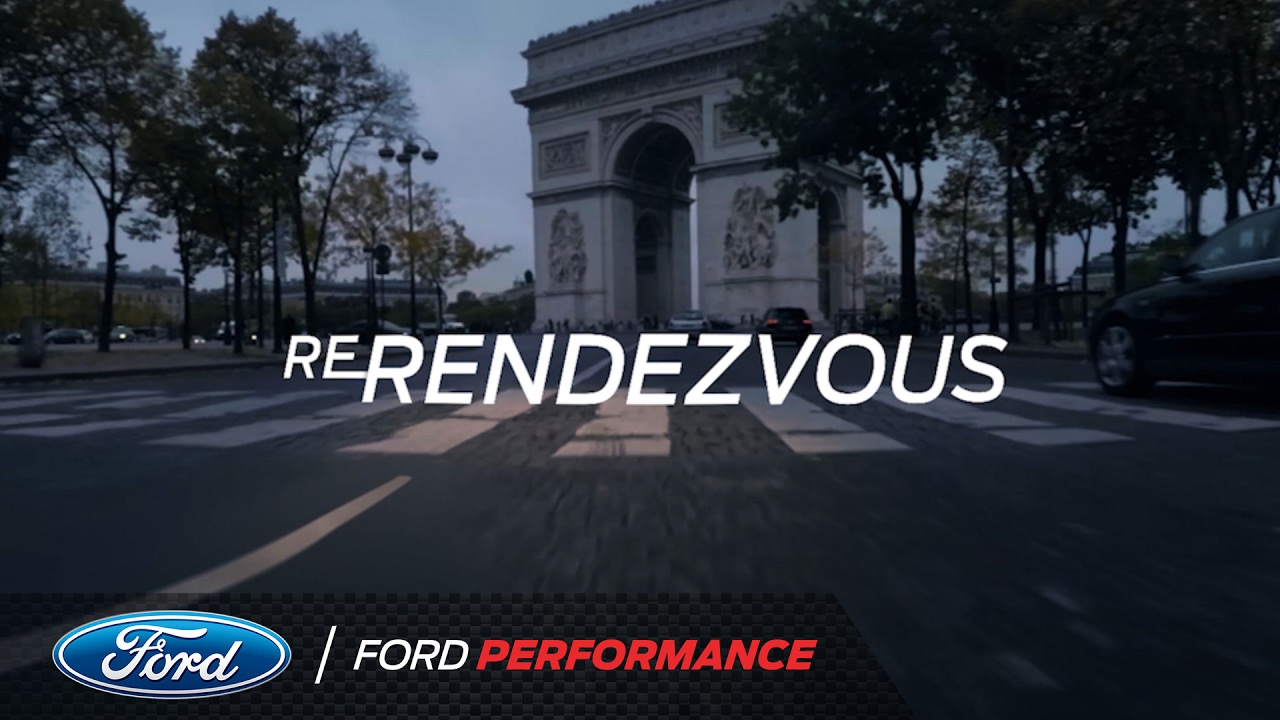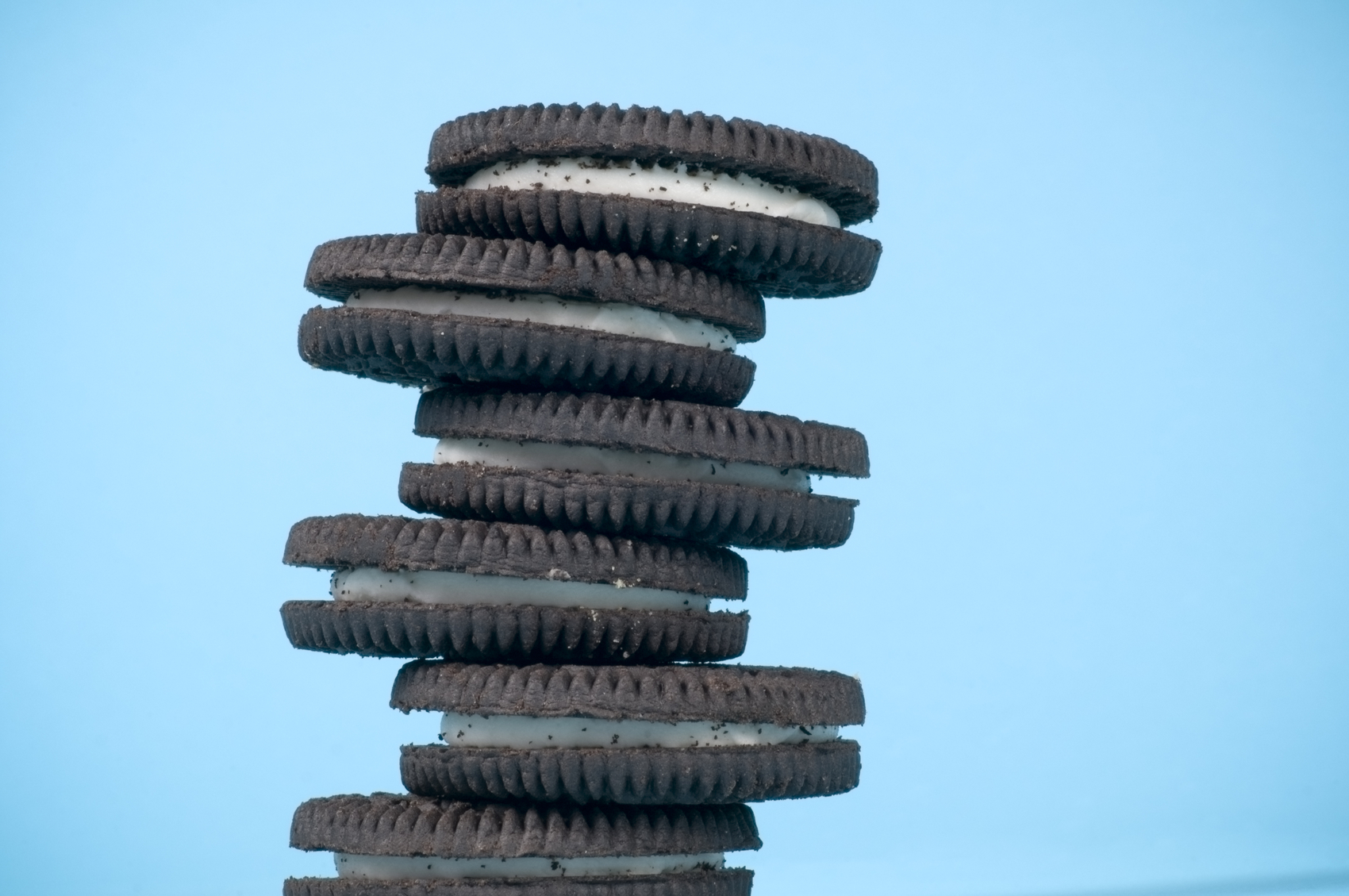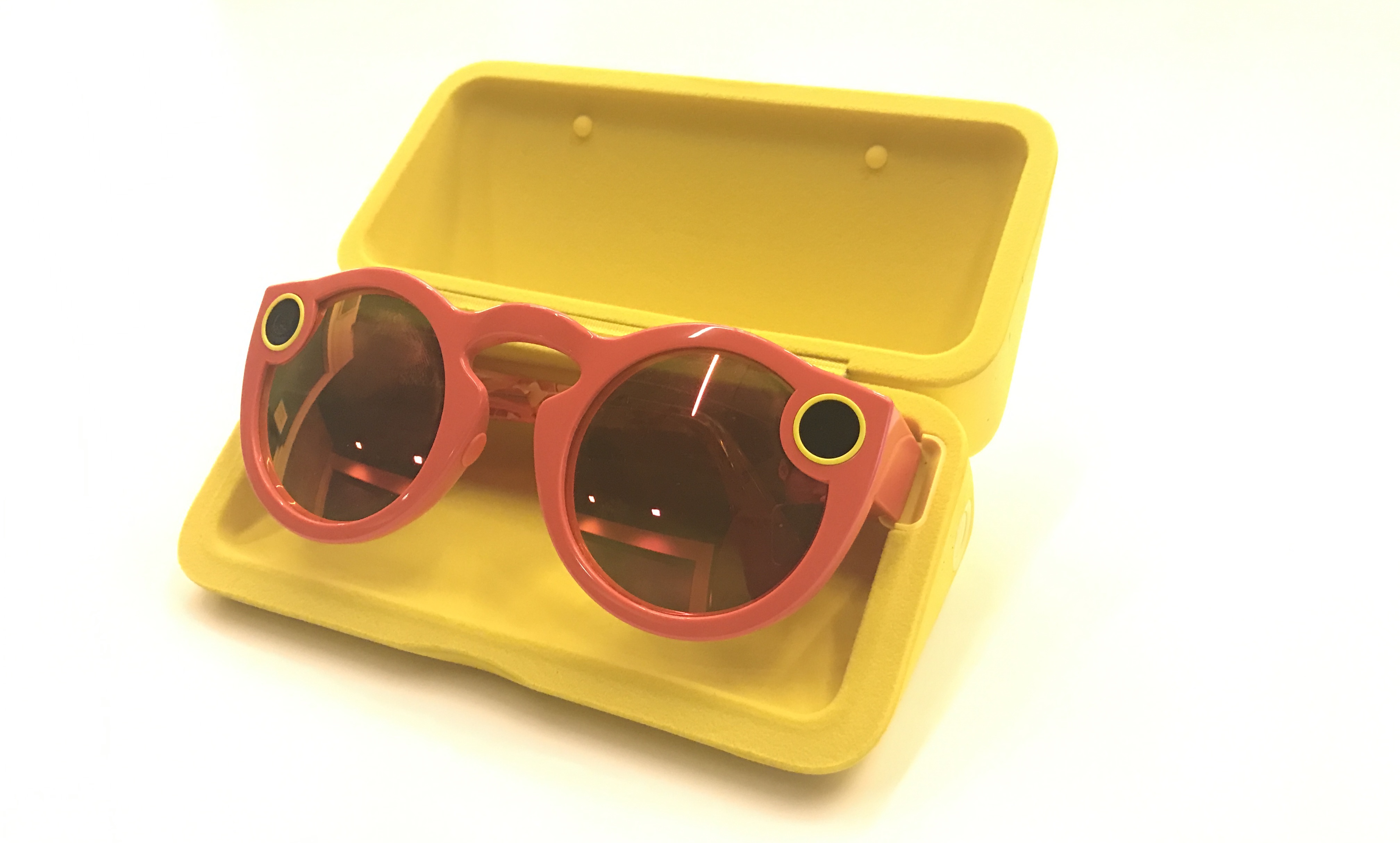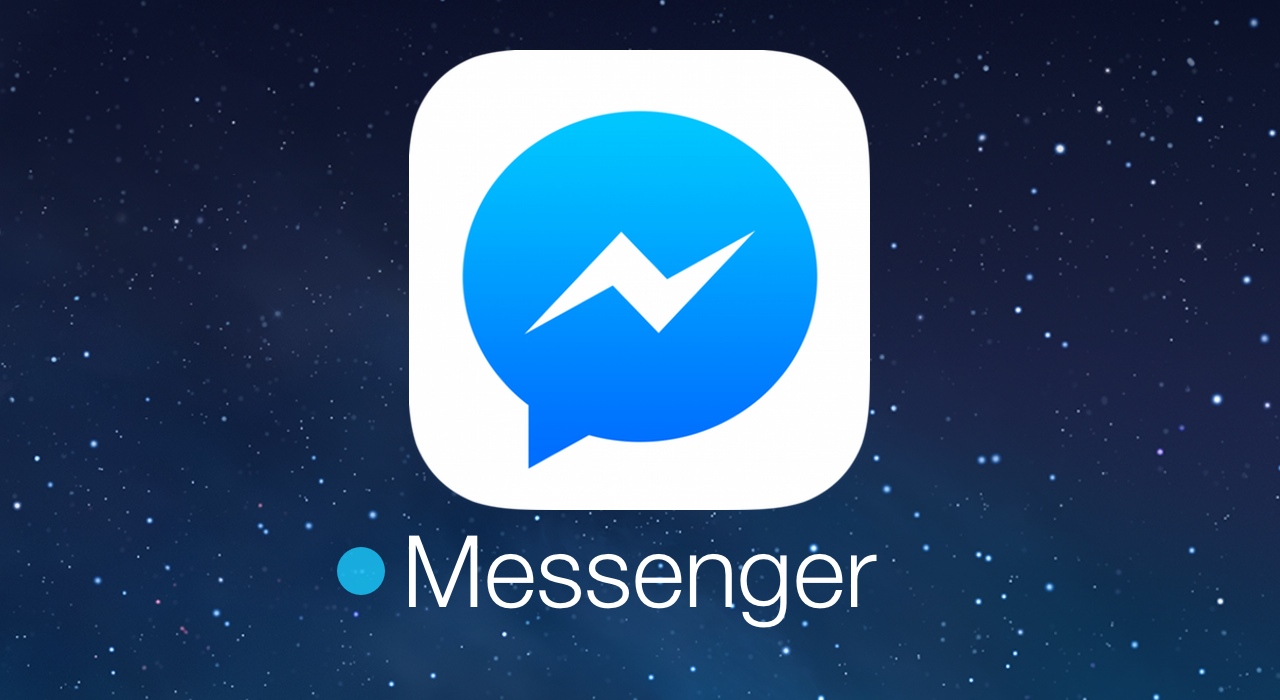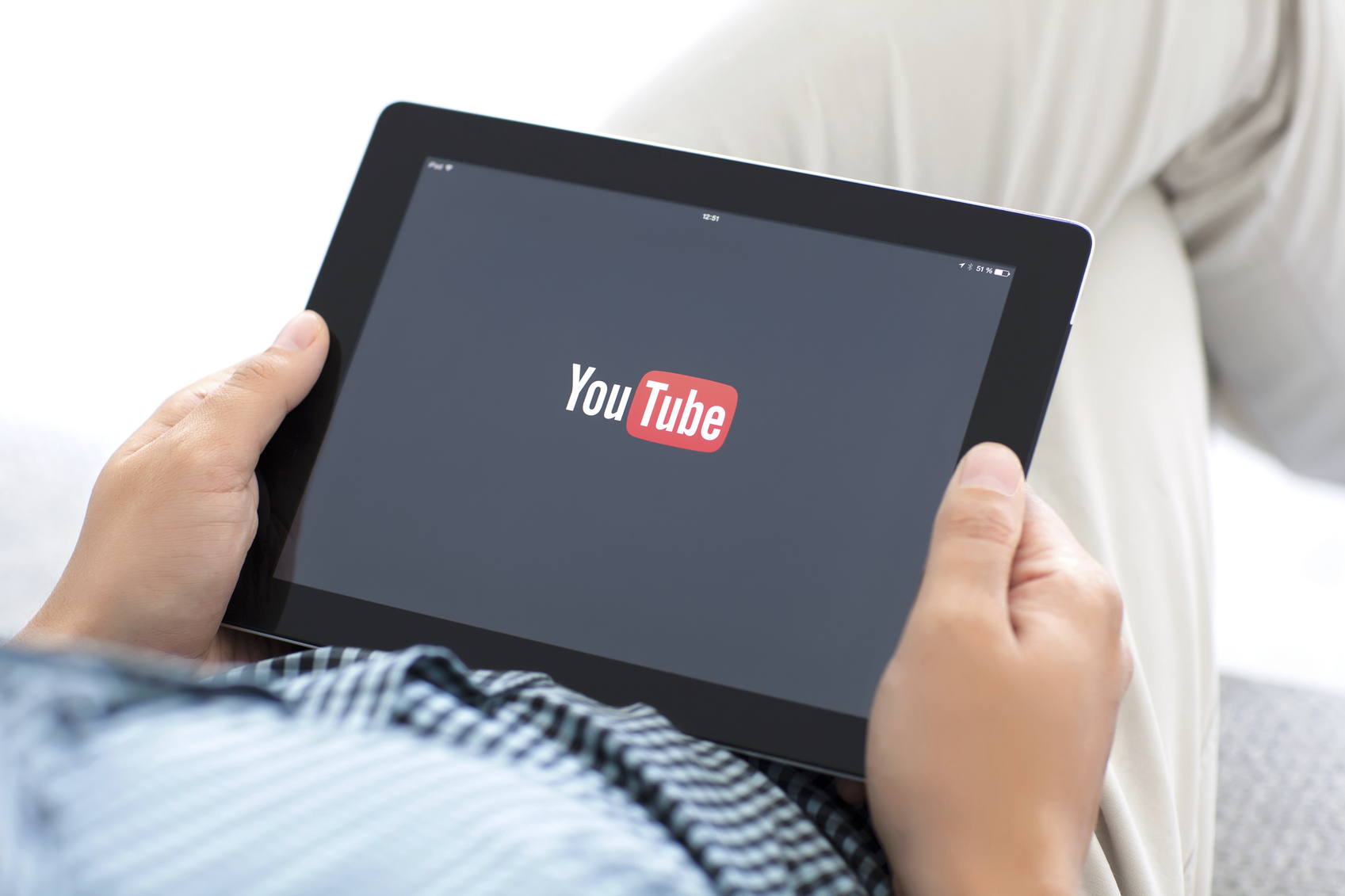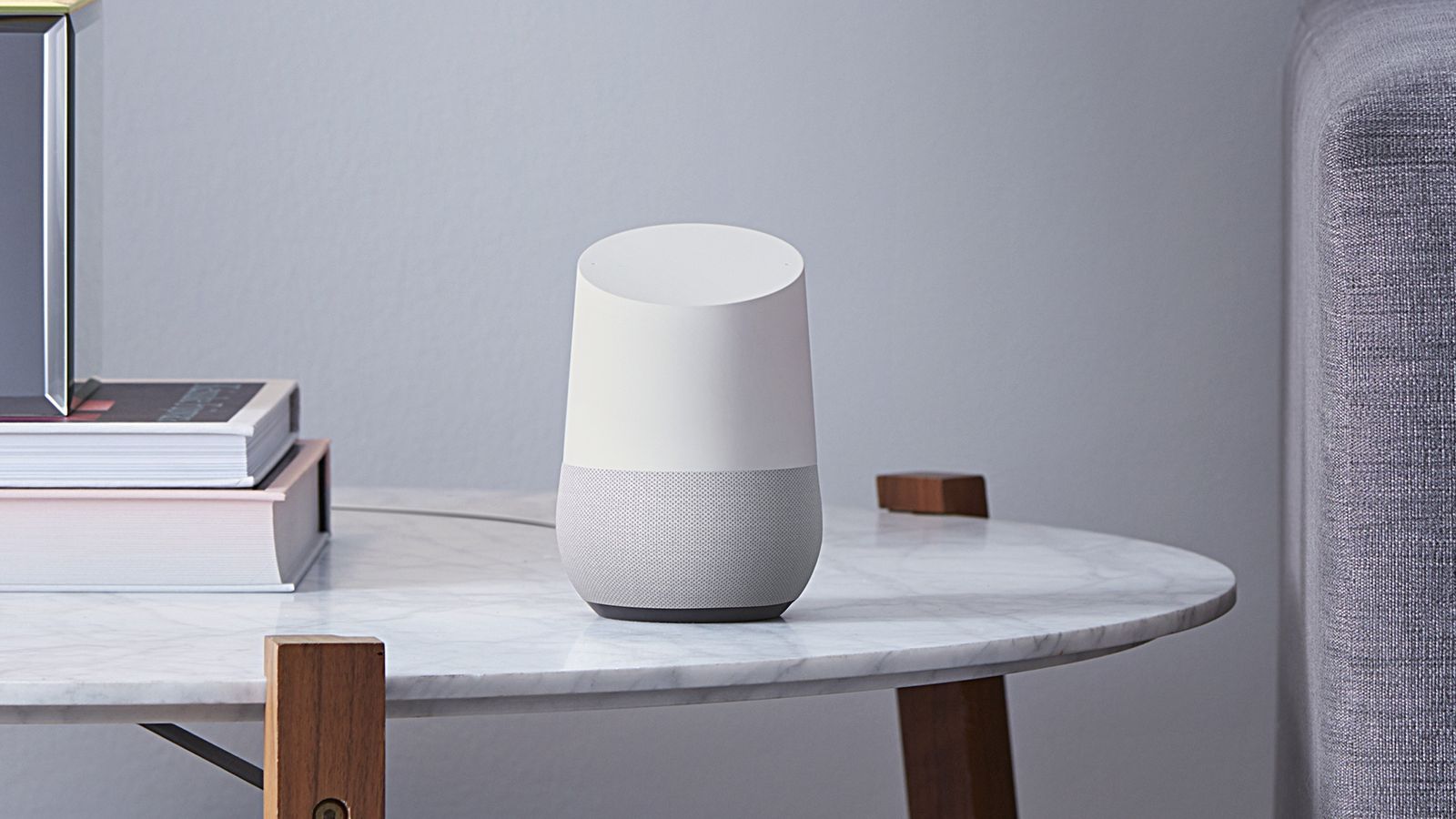What Happened
AT&T is planning to roll out LTE-M, an IoT network aimed at linking sensors and other small connected devices online without saddling them with full-scale cellular radios, nationwide by the middle of this year. This debut set to bring widespread IoT connectivity into reality, unleashing a host of opportunities for marketers seeking to tap into the marketing potential of connected IoT devices. Verizon is reportedly also working to launch its own LTE-M network.
What Brands Need To Do
As we witnessed at CES this year, a number of connected home devices are already integrated with Alexa and other voice-based virtual assistant to interact with users. With a highly connected IoT network becoming an immediate reality thanks to AT&T’s plan, more sensors and devices will come online and become able to adopt voice assistant services as their conversational interfaces. This means that brand marketers need to develop a conversational marketing strategy and figure out the right brand voice and tactics to deliver relevant messages and interactive experiences through consumers’ connected devices.
How We Can Help
The Lab has extensive experience in building Alexa Skills and chatbots to reach consumers on conversational interfaces. So much so that we’ve built a dedicated conversational practice called Dialogue. The “Miller Time” Alexa Skill we developed with Drizly for Miller Lite is a good example of how Dialogue can help brands build a conversational customer experience, supercharged by our stack of technology partners with best-in-class solutions and an insights engine that extracts business intelligence from conversational data.
If you’d like to learn more about how to effectively reach consumers on conversational interfaces, or to leverage the Lab’s expertise to take on related client opportunities within the IPG Mediabrands, please contact our Client Services Director Samantha Holland ([email protected]) to schedule a visit to the Lab.
Source: GeoMarketing
